The primary cast of female actors are three Black women in a story that is presented as one about revolution, yet it still feels like the White males in the story occupy prominence over them.
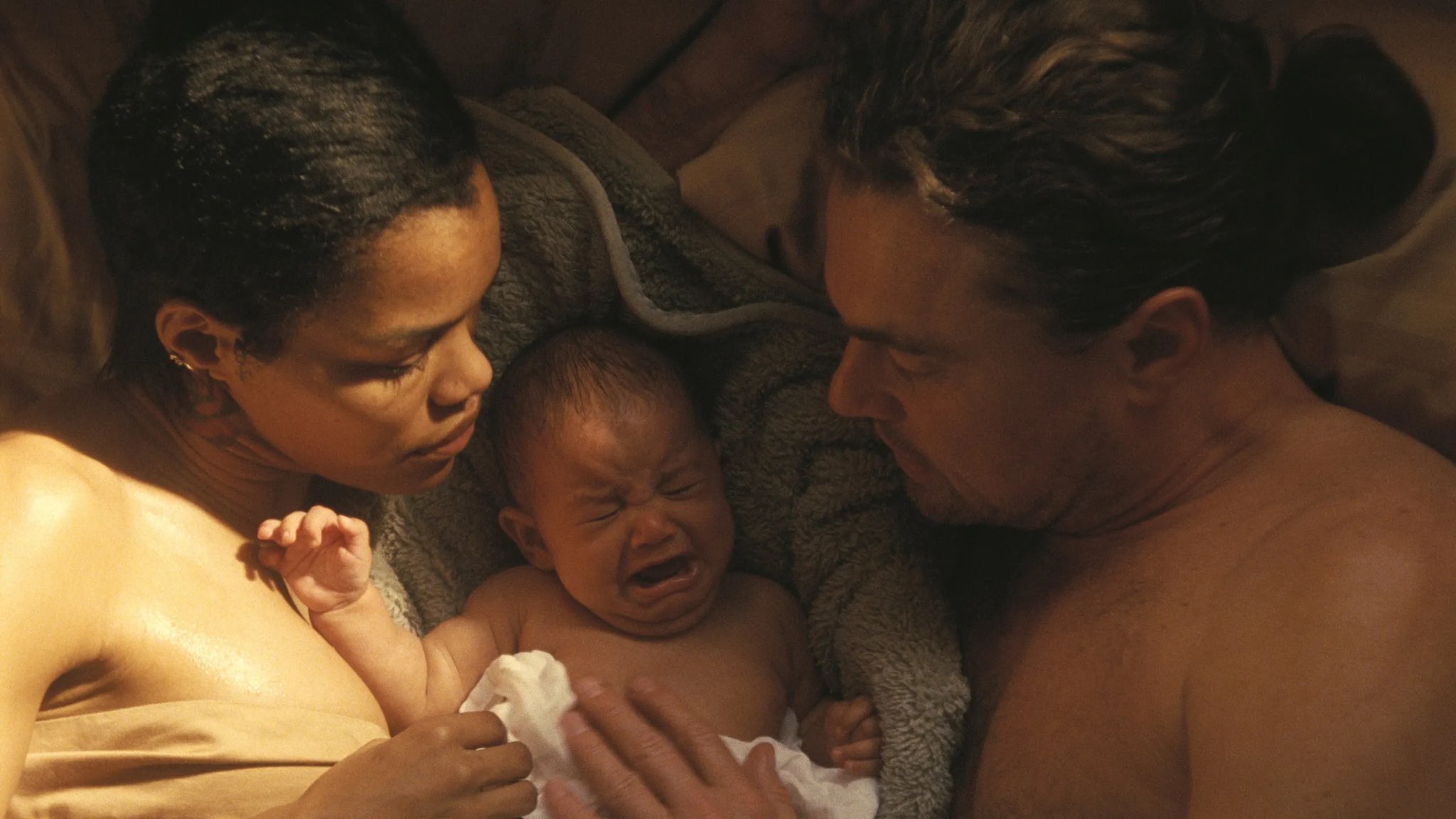
One Battle After Another is the latest film from director Paul Thomas Anderson. It tells the story of a group of revolutionaries led by Perfidia (Teyana Taylor), who are forced to disband after a mission to upset the established order goes awry. Bob (Leonardo DiCapario) a former revolutionary who has been living off the grid to protect his daughter Willa (Chase Infiniti), is forced into action when an old adversary resurfaces 16 years later.
This is Paul Thomas Anderson’s largest film to date with the budget rumoured to be upwards of $130 million. He is the sole writer of this film and his ambition with the scope of this it is large. Despite the expanded scale and gigantic budget, One Battle After Another still feels uncompromised and would fit neatly amongst his filmography. The being said it’s not without its flaws. The story is bloated and filled with thematic ideas that it presents, but doesn’t fully develop because it’s pre occupied with so many other things that it’s trying to juggle.
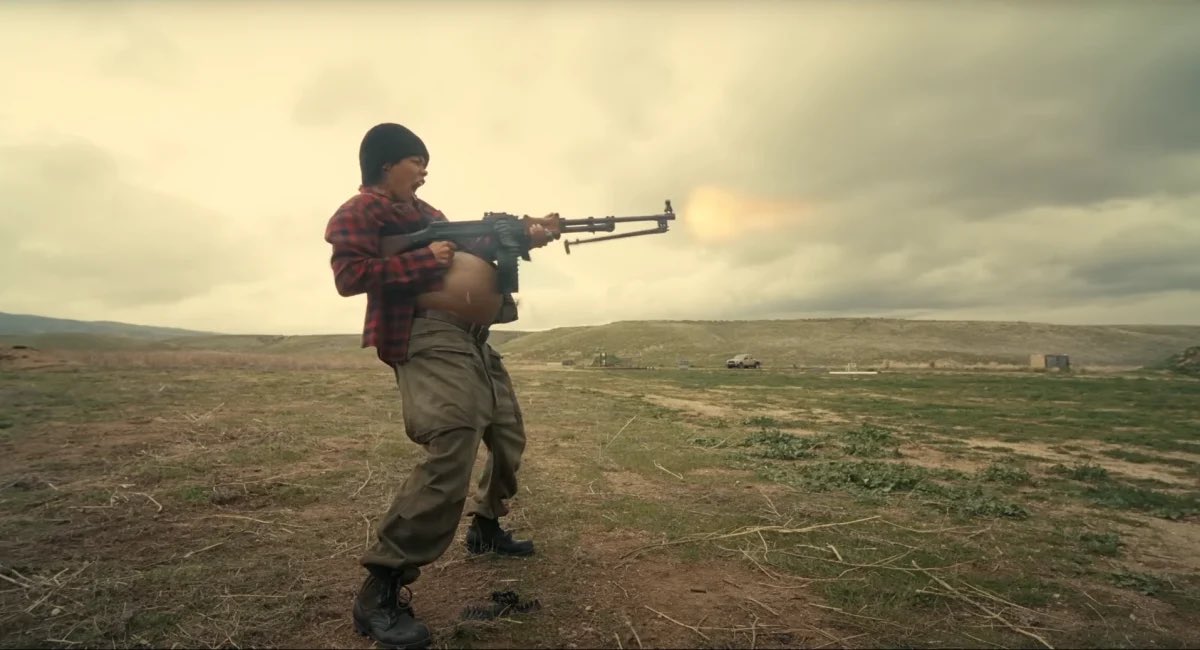
Revolution, immigration and white supremacy are three of the many themes that the film packs into its 162 minute run time. It starts strong on this front as if a fuse was lit with the film barrelling towards a bold and timely exploration of current day politics in America. Whilst the tone and energy of the film is mostly maintained throughout, it does feel like that politically charged momentum in the first act dissipates beyond the first hour. That’s not to say that these themes aren’t still present amongst the proceedings, but they no longer appear to be the focus in the razor sharp manner which they were in the films opening thirty minutes. The lines between what you’d consider a traditional three act structure are somewhat blurred, as the film tries to balance all its characters to keep the plot moving forward. The pacing does take a hit at certain points in the middle, and the gargantuan run time would’ve benefitted from more trimming. The writing could have been more refined in that aspect. One of the big story revelations was telegraphed and really obvious, which points to more flaws within the script. It is surprisingly funny at times though and that’s a credit to the writing and the cast.
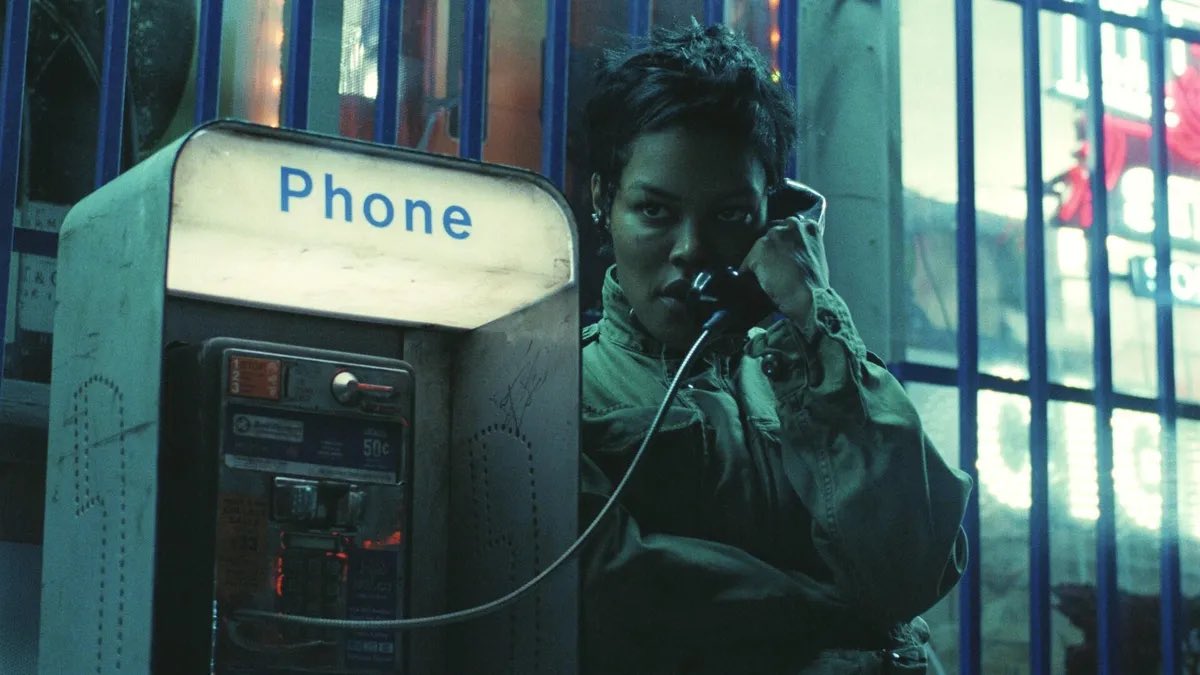
The ensemble cast is a strong unit and deliver on all fronts. Teyana Taylor is a tour de force making the most of her screen time, to the point where her presence looms large throughout the film when she’s not present. Perfidia takes pleasure in disrupting the established order, as it gives her a euphoric feeling of ecstasy. It’s her thrill seeking nature that leads to the downfall of her revolutionary group ‘The French 75’. Teyana feels supercharged in this performance that feels tailor made for her.
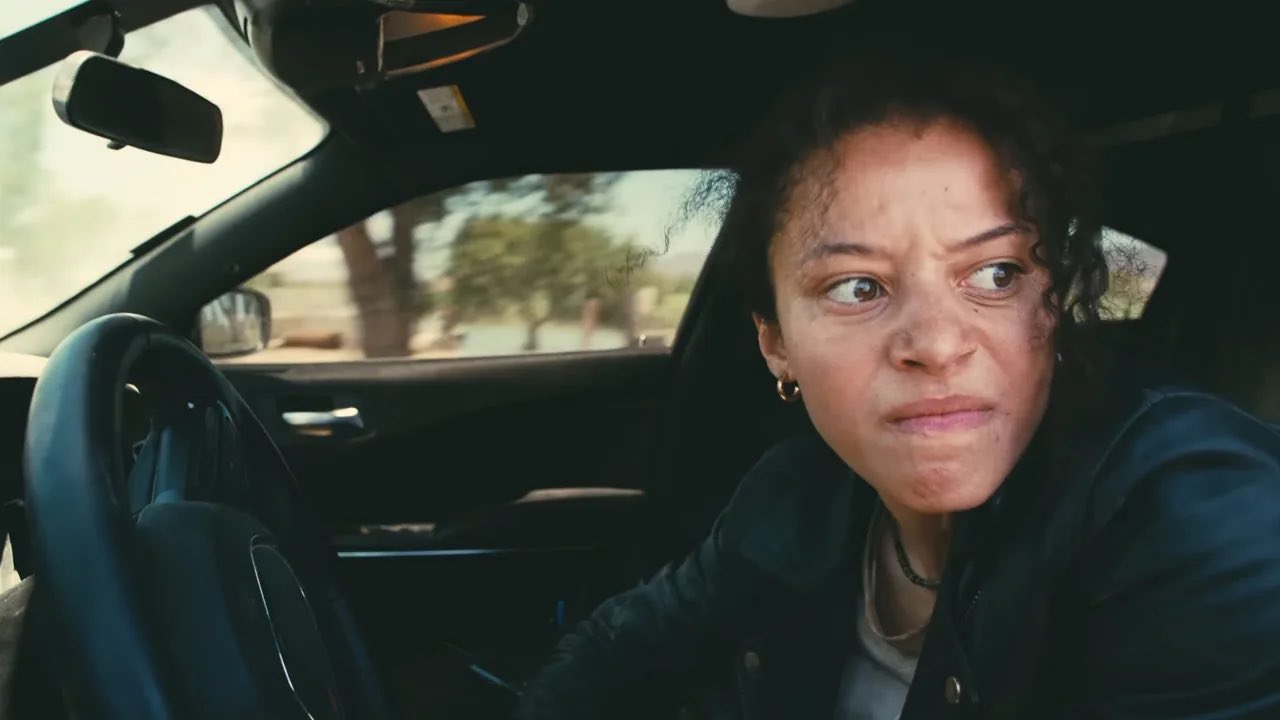
Chase Infiniti holds her own amongst the veteran cast and delivers a strong debut performance. Willa is the centrepiece of this story so it was imporant that she was cast correctly. Casting an unknown actor for Willa is a risk but one that yields a big reward if it works, and Chase proves to be more than capable of carrying the weight of the role. Leonardo DiCaprio is as terrific as we come to expect from him. He is just a pleasure to watch and always has been. A true movie star in every sense and you just feel in safe hands watching him on screen. This time he’s in a role that is out of the norm for him. He’s a dad that isn’t an assured or straight laced character. Bob is a forgetful weed smoker who fumbles his way around and is very unprepared for the situation that unfolds, although he ought to have been prepared for it. He’s a paranoid parent and this leads to a plethora of comedic moments which Leo is able maximise, due to his ability to weave in and out of heightened states of anxiety.
Regina Hall commands the screen with nuanced expression which is her primary form of communication to the audience, because her character has limited dialogue. She portrays Deandra, a member of the French 75 who is the first to aid Willa once she becomes under threat. Deandra somewhat occupies a motherly figure for Willa during this moment of crisis. In a film filled with chaos and larger than life characters, Regina brings a comforting sense of calm to not only Willa, but the audience. Benicio Del Toro is likeable as an acquaintance to Bob who helps him when he is in need. Benicio and Leo have great chemistry which results in many humorous moments between them.
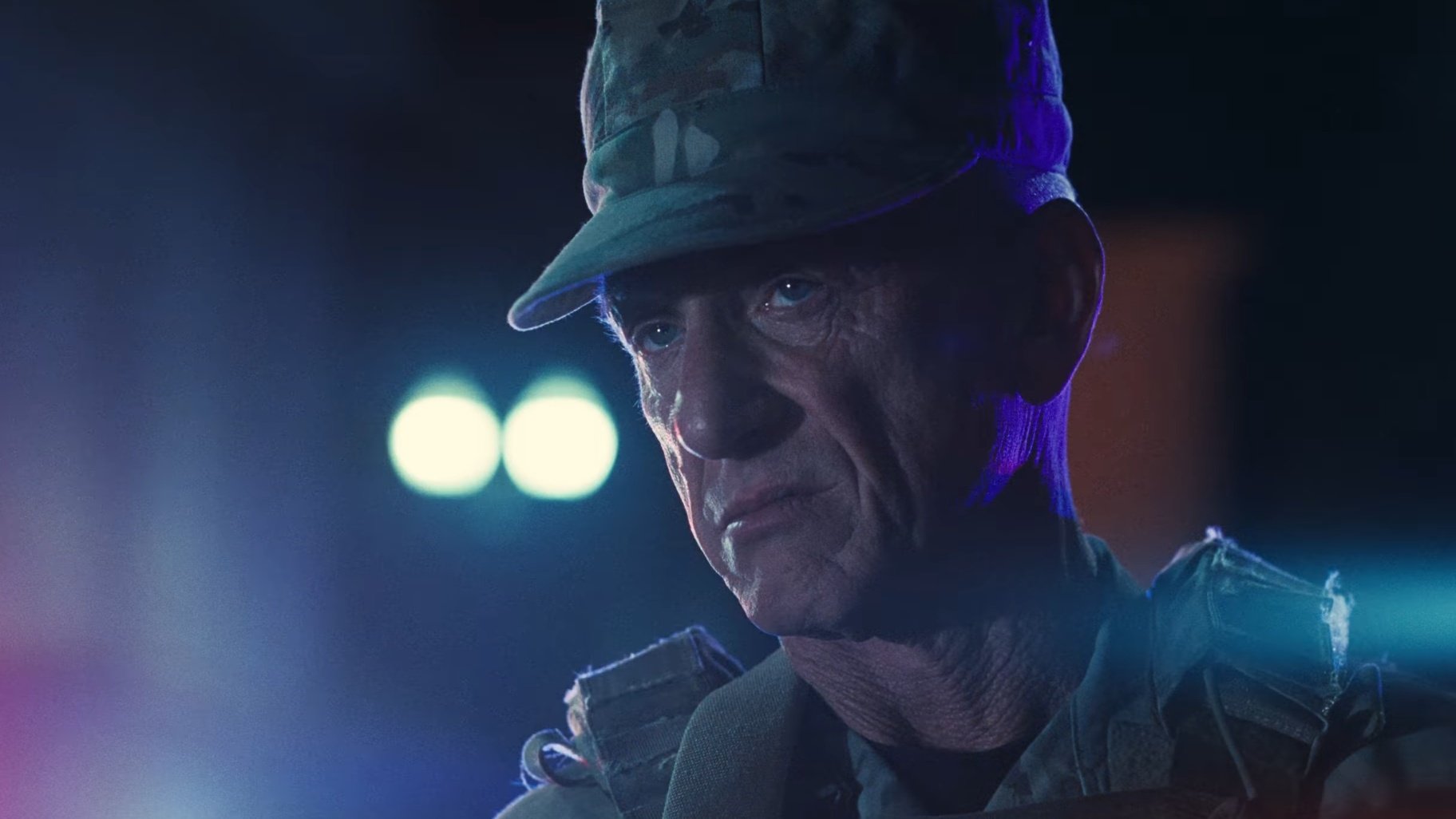
Sean Penn portrays Col. Steven J. Lockjaw, a character so despicable that he's among of the most grounded and evil antagonists to emerge on screen in the past few years. Some of his darkest moments are played for humour, but I hope people realise men like him truly exist. Sean Penn appears to be acutely aware of these men in order to deliver a performance that felt so accurate to how they behave. He’s a White military officer who spends the majority of the film trying to appease a White supremacist organisation, in order to advance his career and be inducted among them. What makes him feel so grounded to reality is that he is a White man with a deep rooted hatred for Black people. One who will stop at nothing to outwardly express that hatred, in order to gain approval from the White supremacists around him. He represents the type of White men who deep down fetishise Black women, but use that to fuel their desire for racial dominance over them. White men who are deeply insecure about themselves and use racial hatred to fill a void, and make themselves feel more superior.
Race is a significant factor in One Battle For Another. So much of the film revolves around it that its implementation demands to be examined. In this case Paul Thomas Anderson fails to fulfil a thematic through line with this element of his script. The issue you sometimes run into when you have a White male director making a film about revolution, race and other themes of that nature, is they can have very little to actually say on the topic due to a lack of perspective. It cannot be overlooked that the primary cast of female actors are three Black women in a story that is presented as one about revolution, yet it still feels like the White males in the story occupy prominence over them.
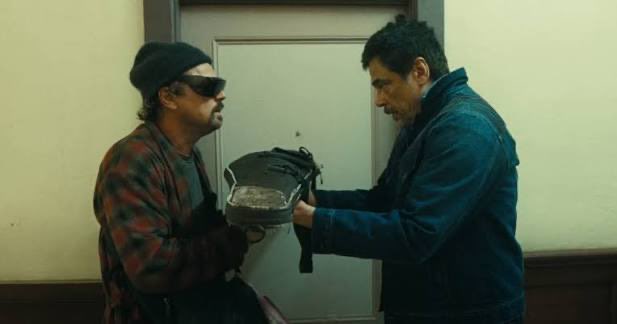
One Battle After Another is intended to comedic throughout and although it’s not laugh out loud funny on a consistent basis, it’s still amusing at the very least with plenty of moments that’ll put a smile on your face. Some of the biggest laughs for me came from scenes that featured the secret organisation of White supremacists. The dialogue and performances in those scenes felt like they were ripped out of a 70’s Blaxploitation film, where the protagonist is usually tasked with taking down a shadowy organisation of White men who are trying to destroy the Black community. I don’t know if this was an intentional choice by Paul Thomas Anderson but it’s so on the money that it’s hard to believe that it wasn’t. Those scenes almost felt as if they were from an entirely different film.

Paul Thomas Anderson’s direction is solid and the cinematography shines with scenic landscape shots and sequences with sharp blocking, that helps to convey the chaotic nature of the moment as characters scramble to react to what’s occurring the story. There are a few key sequences that are gripping. One of them being a car chase within the final act that is expertly orchestrated, combining the action on screen with inventive camera techniques as the camera rides up and down steep inclines on the road. It simulates the feeling of being on a rollercoaster ride and the music helps accentuate the drama of the sequence. That sequence among a handful of others have an old school quality to them due to the execution, which makes it feel like you’re watching a sequence from a classic film from decades ago. The location and nature of the car chase felt like it harkened back to the original Mad Max film.
The musical score is a major factor in evoking that old school feel because it doesn’t sound like a modern score. It’s very rhythmic and ever present but rarely overbearing except for the moments where it is intentionally so. The instrumentation feels emblematic of older films.

One Battle After Another is a grand picture that is bloated and messy yet remains entertaining, and at times extremely riveting. What holds it back is the fact that it presents a timely political landscape, but disappointingly it doesn’t explore its myriad of themes with much depth.
★ ★ ★ ★
This review was written by Terrelle Graham.
One Battle After Another. Starring Leonardo DiCaprio, Teyana Taylor, Sean Penn, Chase Infiniti, Regina Hall and Benicio del Toro. Directed by Paul Thomas Anderson. Runtime 162 minutes.